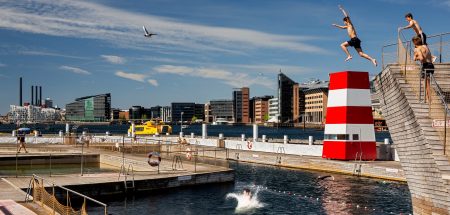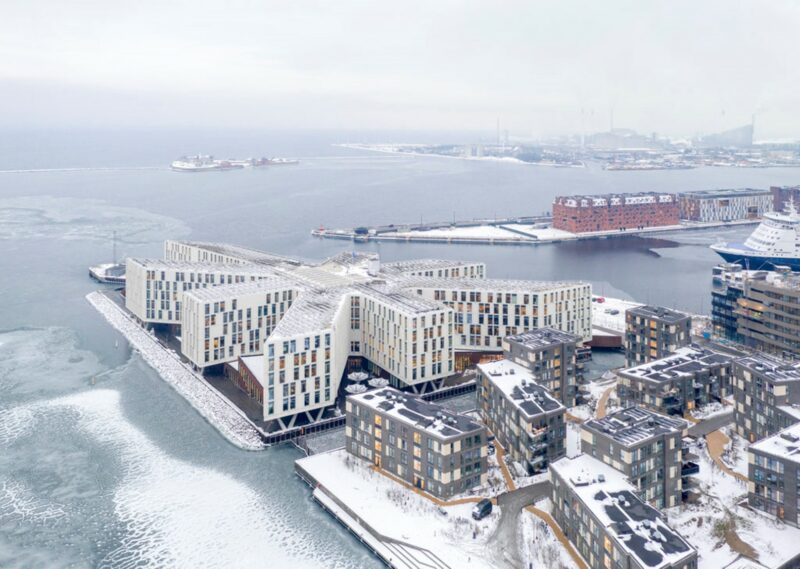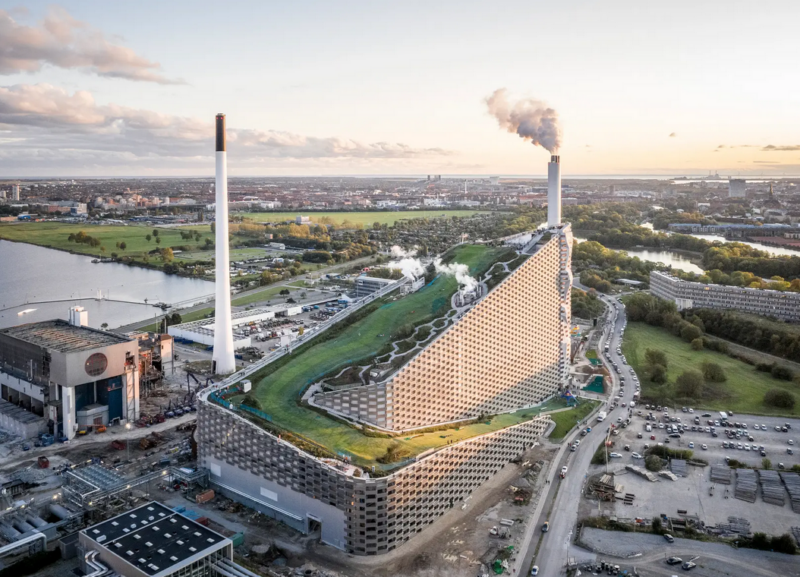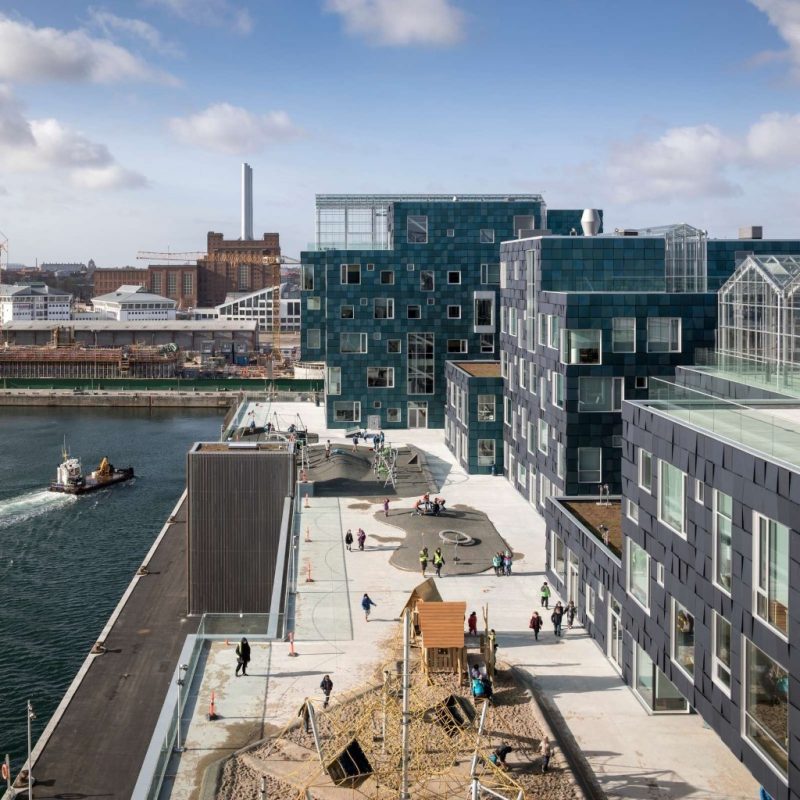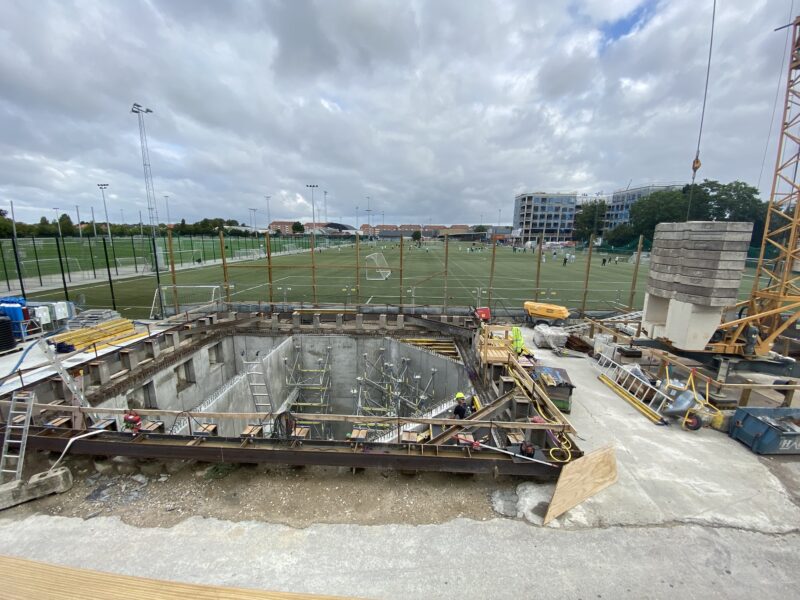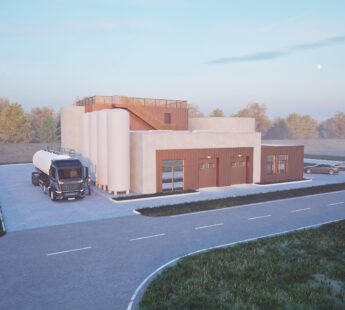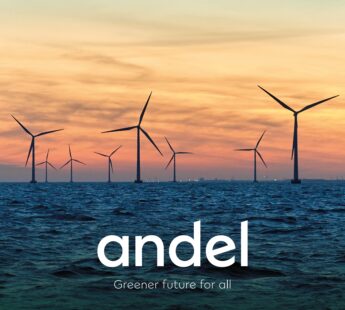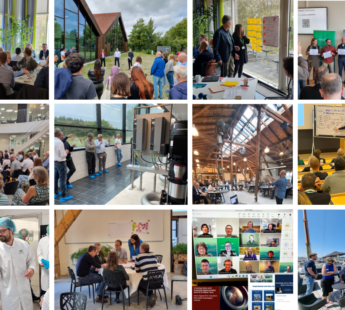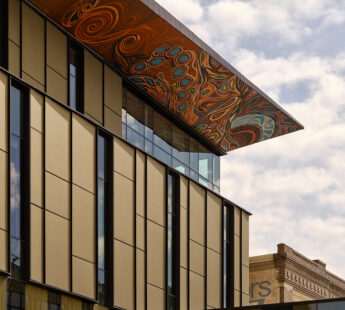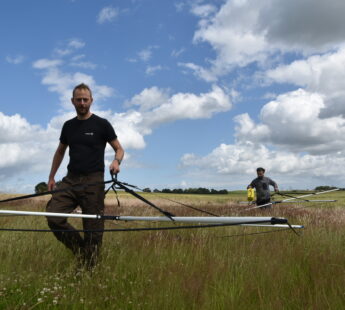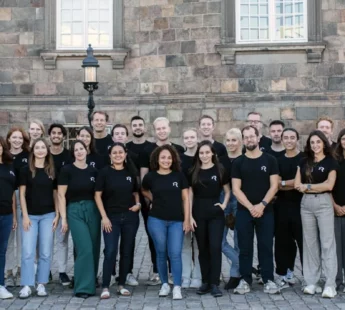News
Air pollution
Climate change adaptation
District cooling
+22
Creating smart, green and liveable cities


Reaching the smart, green and liveable cities of the future
The transition to sustainable cities depends on social, cultural, economic, and climatic factors. In the fast-growing cities of developing economies, basic needs such as energy, water, and mobility should be met sustainably, while resources are managed effectively. In cities located in more developed economies, smart approaches are needed to ensure that cities are optimised for economic activity, energy consumption and environmental impact.
Regardless of a city’s particular state of development, ensuring ‘the good life’ for urban citizens should be a guiding principle. To meet the challenges of urbanisation, we need to take a holistic approach when developing urban areas and make the necessary investments.
However, if we can harness the might of cities to accelerate the transition to inclusive, safe, resilient and sustainable cities and communities, we can meet the SDG 11. In this way, there will be room for all of us to live and thrive in the cities of the future.
Urbanisation is a powerful global trend
By 2030, six out of ten people will live in urban areas. This rapid expansion puts cities under massive pressure with increased CO2 emissions and climate change being the most urgent challenges. Today, cities account for 70 % of global C02 emissions. City dwellers must contend with increased congestion, waste- and water management issues as well as overcrowded, polluting transportation systems. All of this poses direct negative effects on citizens’ physical health and wellbeing.
Cities house both some of the wealthiest and the poorest citizens on the globe. They display the challenges of environmental damage and economic inequalities we see today. However, as the political, economic, and technological power of cities grow, they can harness this to act as frontrunners in the green transition and drivers of the green economy.
The transition to sustainable, green cities depends on social, cultural, economic, and climatic factors. In the fast-growing cities of developing economies, basic needs such as energy, water and mobility should be met sustainably. At the same time, resources should be managed effectively. In cities located in more developed economies, smart approaches are needed to ensure that cities are optimised for economic activity, energy consumption, and environmental impact.
Regardless of a city’s particular state of development, ensuring ‘the good life’ for urban citizens should be a guiding principle. To meet the challenges of urbanisation, we need to take a holistic approach when developing urban areas and make the necessary investments. However, if we can harness the might of cities to accelerate the transition to a greener future, we can secure healthy and liveable cities with room for all of us to live and thrive.
A holistic approach to urban development
Urban water management, waste handling, electricity, heating and cooling, urban mobility, public and private buildings, climate adaptation, resiliency, green and blue areas and air pollution are all vital elements to consider in developing liveable cities of tomorrow. However, rather than thinking of these aspects independently, substantial economic and environmental gains can be made by adopting a more integrated and holistic approach to urban planning.
Designing sustainable environments should be a comprehensive process that balances social, cultural, environmental, economic, and political aspects. When developing new projects, we must ask ourselves: What projects are considered most urgent by authorities, private actors and citizens respectively? How can we make this investment address more than one issue? What materials and structures should we use to ensure resilience, good duration, functionality, liveability and even aesthetics?
Spurring urban development through partnerships
To achieve the goal of holistic urban development, partnerships and interdisciplinary collaboration between various partners are required. Gaining support from citizens and the industry is key to success and compliance. This is an aspect that many fail to recognise when developing and implementing sustainable initiatives. Public-private partnerships and citizen involvement ensure the diversification of risk and extend management responsibility while increasing ownership and commitment from the involved parties.
Danish cities, both big and small, have applied unique public-private partnership models for solving many of their challenges. Known as the Copenhagen model, it is characterised by the integration of design and engineering, relying on a close ongoing dialogue between the City and its private partners. This takes place from the initial phase of identifying issues to the inception of solutions, implementation as well as maintenance. Citizens and educational institutions are often engaged as well, forming Triple Helix (university-industry-government) and Quadruple Helix (university-industry-government-citizens) partnerships.
Smart, liveable and green cities as drivers of economic growth
In the coming 30 years, a huge proportion of the world’s GDP will be invested in cities. It is vital for the global green transition that these investments are in sustainable solutions. It is a common misperception that investments in sustainable solutions exceed the cost of traditional urban planning. In Denmark, we already have substantial proof that this is hardly the case. On the contrary, the implementation of green urban solutions offers strong business cases with short payback times and high return on investment (ROI).
Public-private partnerships encourage synergies and help foster innovation and far-reaching, integrated projects. For the industry, the partnership means more stable regulatory frameworks. For governments, the practices of the industry become more transparent and aligned with long-term political visions. In addition, experience shows that this funding model allows for rapid and more agile dissemination of sustainable solutions.
To be successful in furthering the green transition in Denmark, we are looking into global research and solutions for energy efficiency in buildings as well as solutions for a more circular economy. Our own research institutions are also working at full speed. We hope to engage in more dialogue to expand our knowledge and understanding of our own, as well as the global, green transition. We each hold insights and experiences that are valuable to others.
Connect. Inspire. Share. Think Denmark
Through State of Green, you can connect with the accumulated public and private Danish actors involved with urban sustainable development, including urban water management, waste handling, electricity, heating and cooling, urban mobility, buildings, urban planning, climate adaptation, resiliency and clean air.
We recognise the unique financial, political, economic and geographic challenges cities are facing around the globe. However, we challenge you to present us with a situation, where our solutions are not applicable or translatable. Our goal is to help your city with holistic, sustainable solutions that enable green growth and liveable conditions for a growing population. We look forward to hearing from you.
Explore more solutions to smart liveable cities
Explore relevant publications
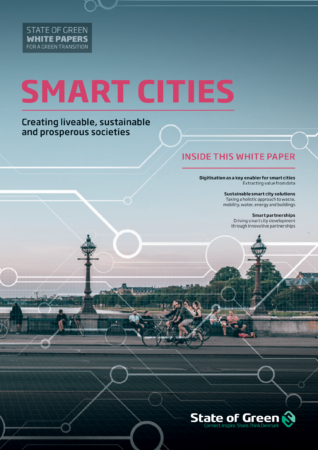
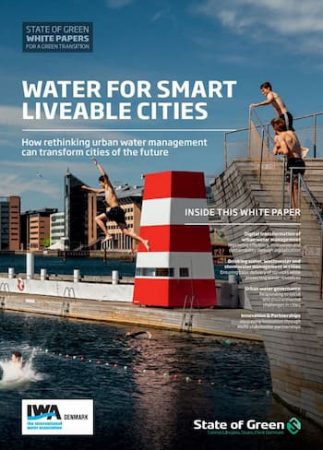
Water for smart liveable cities
You should consider reading
solutions
Energy efficiency in buildings
+2
Greening the UN one building at a time
20 November 2024solutions
Combined heat and power production
+6
